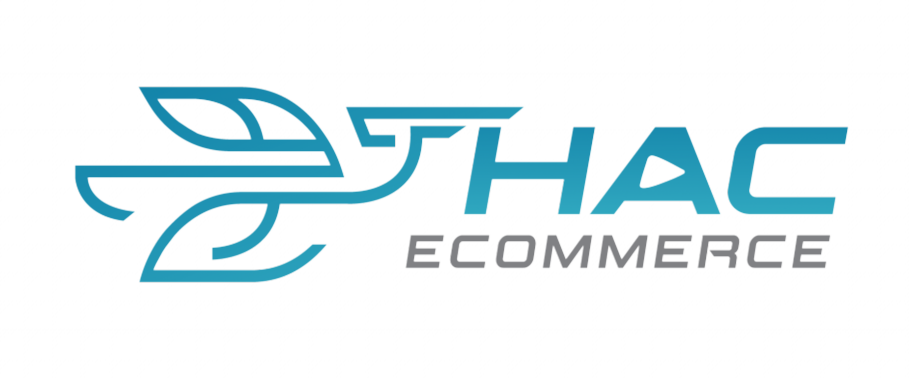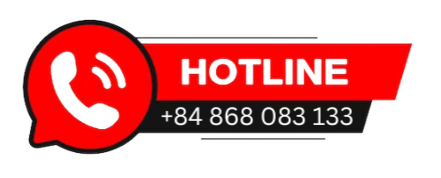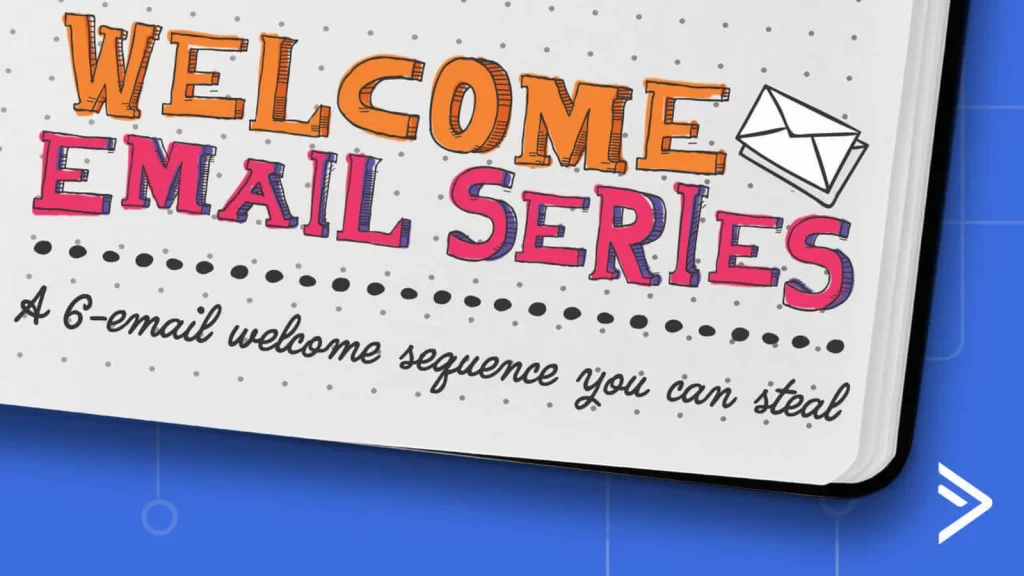Secret to Boosting Sales with Just 3 Automated Email Flows
Many of you have spent much time researching and trying to build an automated email flows system but don’t know where to start. Or you’ve tried multiple times but haven’t seen the results you expected. Based on my personal experience, email marketing is a continuous research, testing, adjustments, and improvement process.
In this article, I will share the Secret to Boosting Sales with Just 3 Automated Email Flows.
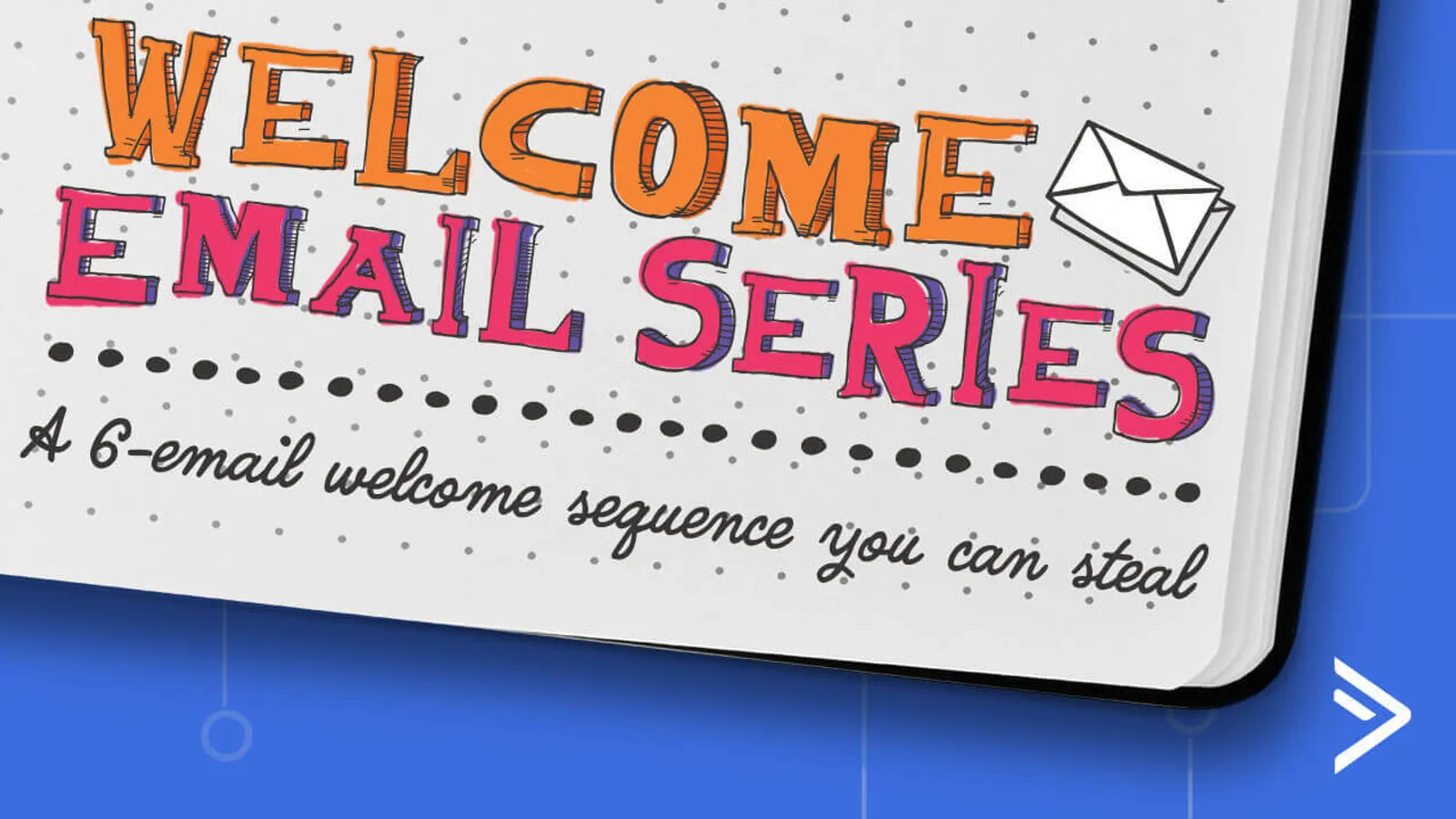
Getting Started Isn’t Hard. Knowing Where to Start Is!
If you don’t have a solid foundation yet, I recommend first focusing on sales-generating email flows. From there, you can gain experience and gradually expand your email system. The speed and effectiveness of your email marketing depend on your ability to learn and understand your customers.
However, there are three fundamental automated flows that every brand doing email marketing must have and should prioritize.
(If you are already experienced in email marketing, feel free to skip this article, as the content below is quite detailed and best suited for beginners.)
The 3 Essential Money-Making Email Flows
The three crucial flows I want to highlight today are:
- Welcome Series
- Abandoned Browse
- Abandoned Checkout
Now, let’s break down each of them.
Flow #1: Welcome Series
- Trigger: Subscribed to list (Master list)
- This flow nurtures new subscribers who have opted into your email list. Subscribers can come from various sources like pop-ups, footers, checkouts, placed orders, landing pages, etc.
- Typically, this flow consists of 3-4 emails serving branding and purchase reminders.
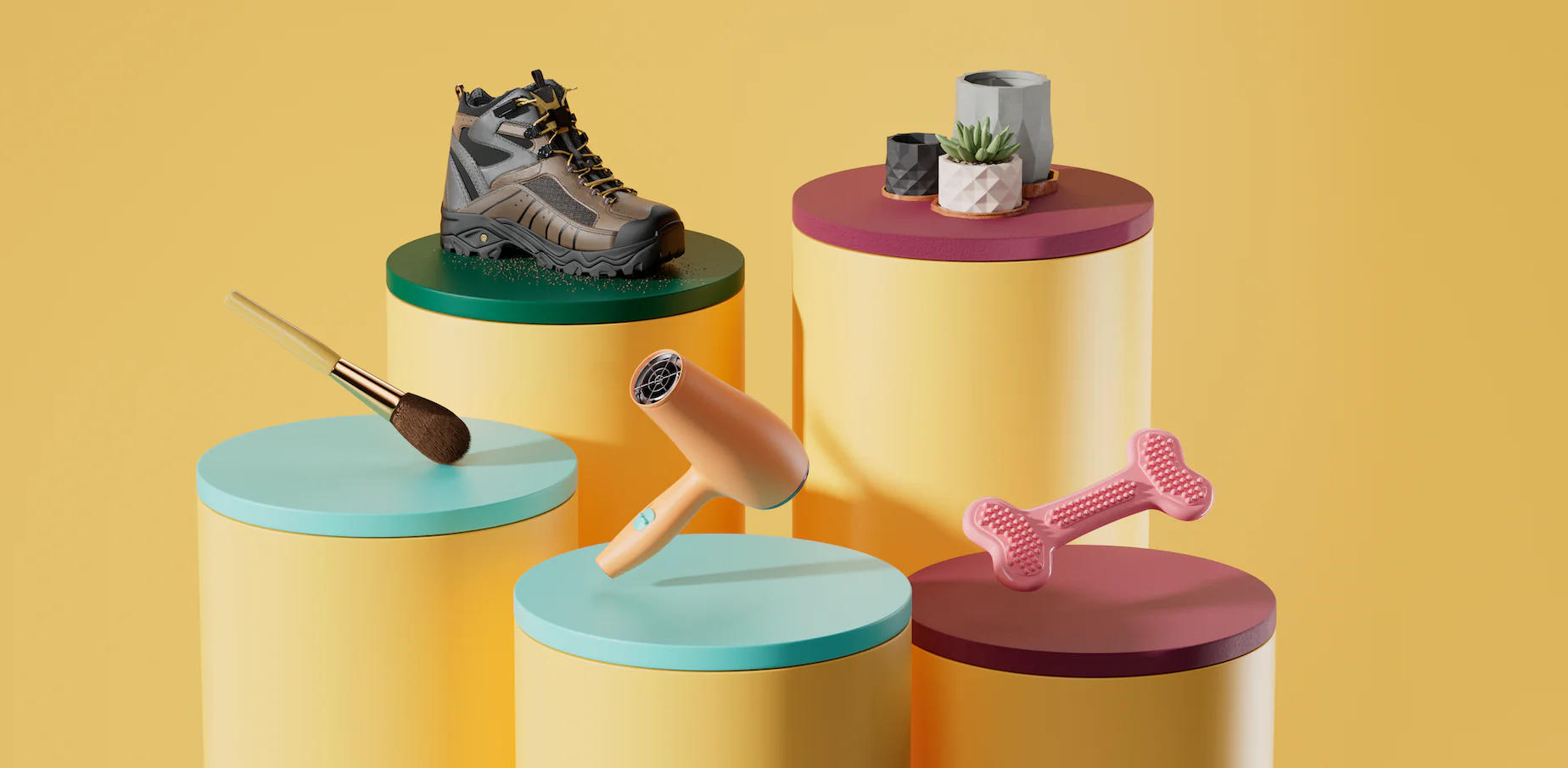
What Should You Write?
- Introduce your brand, mission, and positioning.
- Show why your brand is unique—it’s “the one“ among thousands of other options.
- Consider offering a 10% or 15% discount to encourage the first purchase.
Examples
- Cozy Earth: This bedding and sleepwear brand immediately positions itself in the first welcome email as a leader in ultra-soft, temperature-regulating fabrics. They also offer 10% off for first-time buyers.
- Under Armour: A well-known fitness and sports gear brand. Their Welcome Email clearly defines their audience—athletes—by highlighting their mission of making people better. They also offer 15% off.
Flow #2: Abandoned Browse
- Metric: Viewed Product (Ensure this metric works correctly after integrating your store with the email platform.)
- Audience: Customers who viewed a product but didn’t purchase, meaning something held them back.
How to Use This Flow?
These customers have already shown interest in a specific product. Your job is to remind them about the product they left behind and create urgency by highlighting its popularity and potential stock shortages.
What Should You Include?
- Remind them about the product they viewed in a friendly, understanding tone.
- Address potential concerns they may have. For example:
- “See something you like? We noticed you loved this item but haven’t checked it out yet. Maybe your WiFi crashed while browsing, so we’re sending this email to bring it back to you!”
- “We noticed you had your eyes on this! You were browsing our site but didn’t check out. If you have any questions, please get in touch with our Customer Service team!”
- Show the exact product they were interested in.
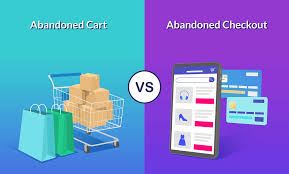
Examples
- Pulp Press: Their email reminds customers about the product they viewed, including a direct link to the product page. The second and third reminder emails include social proof (reviews) and a 10-15% discount to encourage purchase. They also create urgency by mentioning that stock is running low.
- Adidas: Besides reminding customers of the product they abandoned, Adidas also showcases genuine customer reviews to build trust and increase conversion.
Flow #3: Abandoned Checkout
- Metric: Checkout Started
- Customers who reach this step are highly interested but hesitate due to factors like shipping costs, delivery time, or trust issues.
How to Use This Flow?
- Gently urge them to complete the purchase by reminding them that their cart expires soon.
- Keep the message short and direct. Avoid introducing the brand or product again—stay focused on closing the sale.
- Ease hesitation by highlighting key reassurances like:
- Secure payment options
- Easy returns & exchanges
- Buy now, pay later options.
- Customer reviews and social proof
- If the first reminder doesn’t work, send a second reminder with a discount. If necessary, increase the discount in the following emails and add more guarantees and customer testimonials to strengthen the offer.
A/B Testing Recommendation
I highly recommend A/B testing between:
- Percentage discounts (e.g., 10-15% OFF) vs.
- Free shipping
Since extra costs are a significant reason customers abandon their carts, you should test which offer resonates better with your audience.
Examples
- Rudy’s: Their email displays the exact items left in the cart, includes a direct link to checkout, and reminds customers that their cart is about to expire. They also offer free shipping to encourage completion.
Key Takeaways
All three of these flows share a common goal: resolving customer concerns that prevent them from making a purchase.
Try listing potential issues your customers might have and craft email content that addresses them. For example:
- “Too expensive“ → Highlight buy-now-pay-later options like Afterpay or Klarna.
- “I don’t need it right now.” → Offer a limited-time discount.
- “Does it work?“ → Show customer reviews.
- “How do I use it?“ → Provide guides/tutorials.
- “What if something goes wrong?“ → Highlight your store’s guarantee.
Do You Have These 3 Flows Set Up Yet?
If not, start now before you leave (a lot of) money on the table!
Stay tuned for my next post, where I’ll share more automated email flows to help you build long-term customer relationships.
Which Email Platforms Should You Use?
If you’re looking for an email marketing platform, consider Klaviyo, Mailchimp, ActiveCampaign, or SendGrid. I recommend Klaviyo if you’re scaling your store correctly.
Pro Tip: Using klaviyo’s Pre-Built Flows
If you’re new to setting up flows in Klaviyo, consider using their pre-built templates. These templates already have fundamental conditional splits; you can customize the time delays, conditions, and brand-related information as needed.
When setting up, if you’re unsure about a condition, Google your question along with “Klaviyo“—you’ll find plenty of official Klaviyo resources with step-by-step guides and visuals.
For design elements, you can use Canva, Figma, or any other design tool to customize banners and images.
Check out more resources if you plan to scale your business in the Print-On-Demand (POD) industry. Hac Ecommerce offers a range of comprehensive services designed to support and empower businesses operating in the POD (Print on Demand) industry. These services include fulfillment solutions, payment account rentals, and design cloning, all of which are tailored to meet the unique needs of entrepreneurs in this niche.
